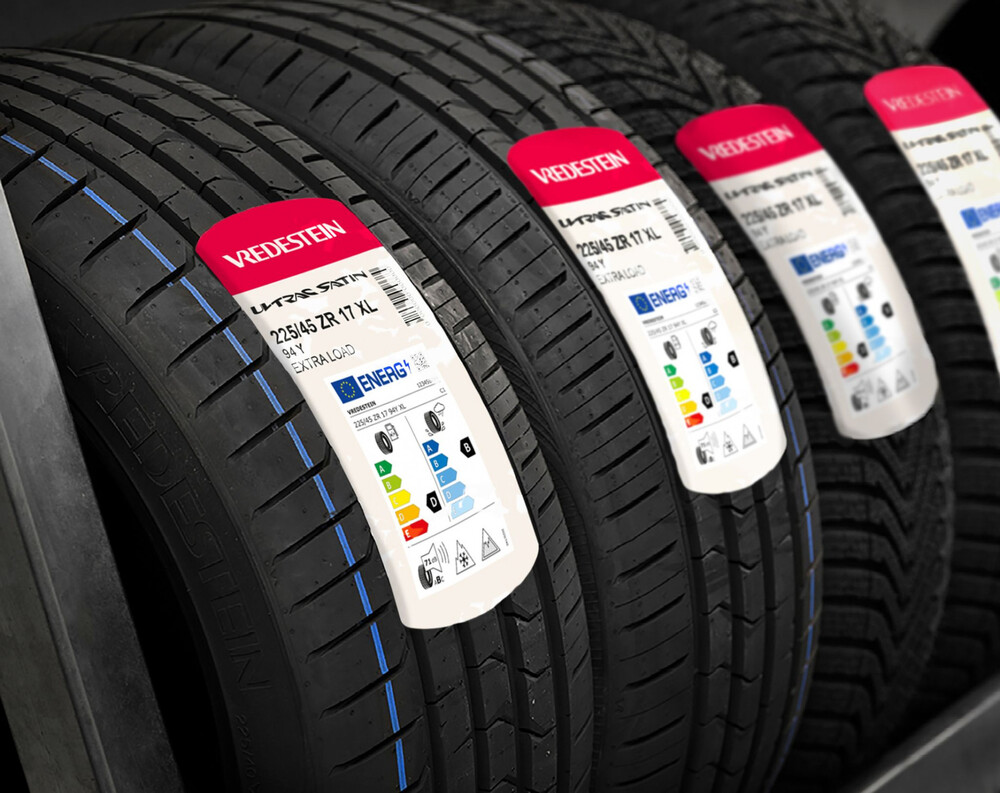
KNOW HOW TO READ YOUR TIRES
Flat tire, worn tires that need changing or seasonal tires: know how to read them and guide you to your choice of tires at the repairer. It can also help you if you buy them online yourself, before fitting.
There are different sizes and types of tires. All tires have a marking on the sidewalls with their dimensions, the type of rubber and their recommended use. You'll find numbers like "205/55 R 18". What do these numbers mean? The first is the width of the tread in millimeters. The second is the ratio between the sidewall height and the width of the tire. The smaller it is, the more the tire is called "low size". The last number, after the R of "radial", is the internal diameter in inches, for the rim. The size of the tire is always included on a European label.
Indices and special indications
There are also load indices in numbers and speed indices with a letter, just after the dimensions. This gives the maximum weight and maximum speed that the tire can support. Be sure to respect those recommended by the manufacturer or the original equipment. There are tables online or at dealers to decipher them. The European label also includes these indices. On the sidewall of a tire, there are other approval markings depending on the manufacturer. There are sometimes special indications, for example the "H / T" for SUVs intended for road use. A more 4x4-oriented vehicle could fit "A / T" all-terrain tires. "M / T" tires are designed for crossing and mud. "XL" means that the tire is designed for heavy vehicles. The "M + S" mention shows that this tire has better traction capabilities in mud and snow. Tires approved for winter can be recognized first of all by their 3MPSF logo representing 3 mountain peaks and a snowflake. Police will check this logo during a check in regions where it's mandatory in winter.
Winter tire vs. 4-season tire
The slat structure of the tread of a winter tire is really typical. The range can also be recognized by the specific name: "Winter", "W", "WR", "Alpin" or "Blizzak" depending on the brand. But, like the 4-season tire, there is no real specific code. A 4-season tire generally has the M+S which indicates that it is more efficient in traction on snow and mud. Most 4-season tires now have the 3MPSF logo. They can therefore be used in regions where winter tires are mandatory. But their resistance to cold and their traction on very slippery ground will be less good! It is the manufacturer's indications, the European label and, sometimes, the tire design or the mixed sculptures (for example with a longitudinal groove like on summer tires) that allow you to recognize a 4-season tire from a winter one. On the other hand, there is no specific marking for studded tires adapted to icy roads (in the Far North for example). But hey, the studs are clearly visible on the tread ;-)
(MH with Olivier Duquesne – Picture: © Newspress)
Be sure to read all our articles on MSN by subscribing to our content. Click on 'follow', next to our logo above.
2024-09-16T14:06:40Z dg43tfdfdgfd